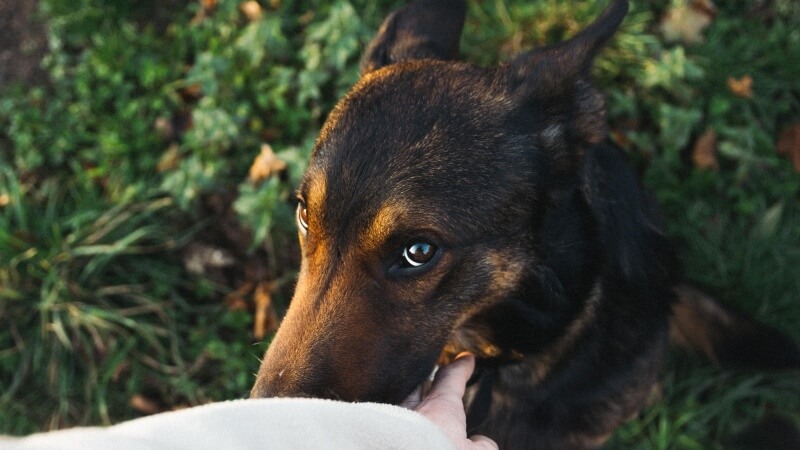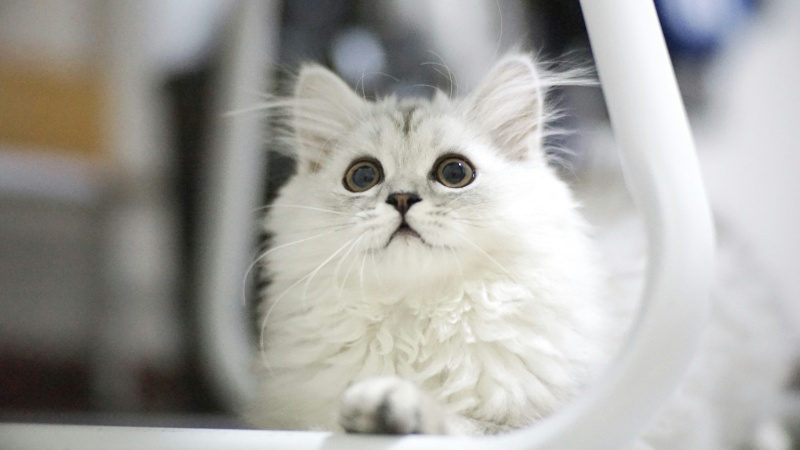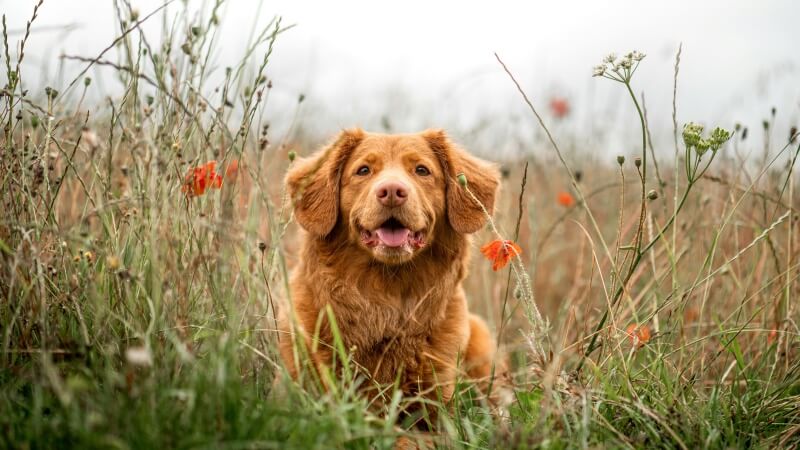
How To Craft A Cozy Cat Vest From Fabric Strips
Have you ever seen your feline friend lounging around and thought, “What could possibly make this picture more adorable?” The answer is simple: a cat

One of the most frequently asked questions we receive is, “Are Belgian Malinois good family dogs?” Well, it depends. This breed is not your typical household pet.
Not only are they specifically trained to protect their owners, but this breed is intelligent, loving, and extremely hard working. All of these qualities make Belgian Malinois excellent family dogs.
However, the question really is, will their temperament fit into your family’s lifestyle? Let’s learn more about this breed and if a Belgian Malinois family protection dog is right for you!
Instead of solely inquiring whether Belgian Malinois make good family dogs, it’s crucial to consider what kind of family is suitable for this breed. Each family possesses a distinct lifestyle, and the reasons for acquiring a protective dog can vary.
This might be the challenging part, but complete honesty with yourself about the time you can devote to your dog, the space at your disposal, and your commitment to maintaining their training is vital.
Protection dogs are affectionate, yet they are far from being typical “lap dogs.” They loathe boredom and thrive on both mental and physical stimulation. They require owners with abundant energy to engage in activities like running, playing, continuous training, and keeping them active.
If:
Your family’s routine involves leaving early at 7 am and returning late in the evening. A protection dog may not be a suitable fit for you.
Belgian Malinois is a working breed; they find their greatest joy and satisfaction when engaged in regular tasks and mental stimulation throughout the day.
However, if your occupation permits your protection dog to accompany you or you work from home, they will be in their element. Keep in mind that these dogs are trained to act as furry bodyguards, and they long to protect their owners. This becomes challenging if you’re absent for extended periods during the day.
Belgian Malinois protection dogs are well-suited for individuals who require security while traveling and for families with stay-at-home spouses and children.
Your protection dog will steadfastly guard the family in their presence, making them an excellent choice for those seeking an additional layer of protection for their at-home spouse and toddler.
The Belgian Malinois hails from a lineage of working dogs, and their innate drive to be of assistance is remarkable. They readily integrate themselves into your family “pack” and are unwavering in their commitment to safeguarding you and your loved ones. These are high-energy dogs that relish physical activity.
If your family delights in walks, hikes, bike rides, and outdoor excursions, you’ll find no more enthusiastic companion than your protection dog. Belgian Malinois are naturally fond of children and eagerly join in on family adventures while diligently protecting the entire clan.
If you bring a Belgian Malinois puppy into your family, it’s worth noting that they may exhibit nipping behavior initially. However, this is a developmental phase that can be effectively trained out of them. Their exceptional intelligence and aptitude for training make them ideal candidates to become the quintessential family dog.
If you’re seeking a living, breathing alarm system that surpasses mere intrusion alerts, a Belgian Malinois protection dog is the solution you’re looking for. These dogs are not only amicable with your family but are also unyielding in their commitment to protect them, even if it means placing themselves in harm’s way.
When in the company of your family, they remain perpetually alert and vigilant against potential threats. In the presence of a suspicious or menacing individual, your Belgian Malinois protection dog will issue a warning, using their imposing presence to signal the intruder to retreat.
If:
The potential aggressor refuses to withdraw, your protection dog will await your signal before taking action. Personal protection dogs are trained to respond instantly, ensuring swift reactions to threats and ensuring the safety of your family members.
Should a trespasser attempt to breach your home under the cover of night, your Belgian Malinois protection dog will not only alert you but will also act as a frontline defender against the threat. No conventional alarm system can rival this level of effectiveness, making them the ultimate protection system in the world.
Belgian Malinois are exceptionally intelligent and can be trained to excel in almost any task. When properly socialized and trained from a young age, Belgian Malinois protection dogs will readily engage in play and social interactions with other well-trained dogs.
They tend to form strong bonds with dogs that share their living or working space, so if you’re considering getting a second dog or already have one, they are likely to become fast friends.
Your personal Belgian Malinois protection dog has undergone rigorous training to be among the best in the canine world. It’s advisable to be discerning about their social circle. Ensure that the other dogs your Belgian Malinois interacts with are well-trained, non-aggressive, and possess a level of intelligence.
Due to their high intelligence, Belgian Malinois can occasionally exhibit dominant behavior, particularly in group settings. They do not tolerate unruly dog behavior and will assert their position if necessary. While they are not inherently aggressive, they will establish themselves as the leader in a pack and make their status known when required. This is something to bear in mind when introducing your Belgian Malinois to other dogs.
The most suitable Belgian Malinois for a family is one that has undergone comprehensive training. This breed is exceptionally well-suited for safeguarding families and collaborating with law enforcement. Unfortunately, there are numerous misconceptions surrounding this breed and protection dogs in general, with some mistakenly perceiving them as aggressive and unsuitable for family life.
However, this perception couldn’t be further from reality. A thoroughly trained protection dog has the potential to become one of the most devoted and affectionate companions you’ll ever have. They are willing to put their own safety on the line to protect you and your loved ones.
Training a Belgian Malinois is essential to ensure they become well-behaved and obedient family companions. Here are some key training tips:
Belgian Malinois are intelligent, hardworking, and excellent protection dogs, but they require owners who can match their energy and dedication. They thrive with families that are active and can provide consistent training and mental stimulation. Properly trained, these dogs integrate well into family life, offering unparalleled loyalty and security.
Would you consider getting a Belgian Malinois?
FAQ: Can Belgian Malinois Adapt to Apartment Living?
Answer: While Belgian Malinois are adaptable, they are best suited to environments where they can expend their high energy. Apartments can be suitable if the dog receives ample daily exercise and mental stimulation. However, a house with a yard is ideal for their active nature.
FAQ: Are Belgian Malinois Suitable for First-Time Dog Owners?
Answer: Belgian Malinois may not be the best choice for first-time dog owners due to their high energy levels and need for consistent training. They thrive with experienced owners who understand dog behavior and can provide firm, consistent training.
FAQ: How Do Belgian Malinois Behave Around Strangers?
Answer: Belgian Malinois can be wary of strangers, making them excellent watchdogs. With proper socialization, they can learn to differentiate between normal and suspicious behavior, but they generally remain alert and cautious around unfamiliar people.
FAQ: What Are the Grooming Needs of a Belgian Malinois?
Answer: Belgian Malinois have a short, easy-to-care-for coat. They require regular brushing to minimize shedding and occasional baths. Regular nail trimming, ear cleaning, and dental care are also important for their overall health.
FAQ: How Long Can Belgian Malinois Be Left Alone?
Answer: Due to their high energy and social nature, Belgian Malinois should not be left alone for extended periods. They do best when they can interact with their family or have a job to do. Prolonged isolation can lead to anxiety and destructive behavior.


Have you ever seen your feline friend lounging around and thought, “What could possibly make this picture more adorable?” The answer is simple: a cat

The moment you consider a dog hunting vest for your adventurous companion, you’re stepping into a world where safety meets functionality. This vest is not

The concept of a dog cooling vest is a game-changer for pet owners looking to enhance their dog’s comfort during those relentless summer days. Imagine

When you first consider crafting a tactical dog vest, it’s not just about embarking on a fun DIY project; it’s about ensuring your furry companion’s

Have you ever seen your feline friend lounging around and thought, “What could possibly make this picture more adorable?” The answer is simple: a cat

The moment you consider a dog hunting vest for your adventurous companion, you’re stepping into a world where safety meets functionality. This vest is not

The concept of a dog cooling vest is a game-changer for pet owners looking to enhance their dog’s comfort during those relentless summer days. Imagine

When you first consider crafting a tactical dog vest, it’s not just about embarking on a fun DIY project; it’s about ensuring your furry companion’s
Secure and Empower, Walk Responsibly
Copyright © 2025pettacticalharness. All Rights Reserved.